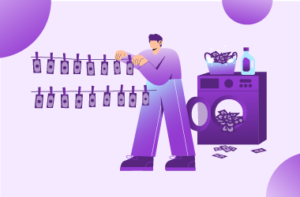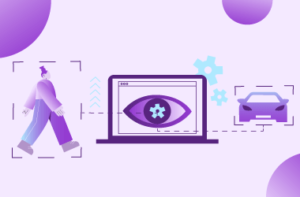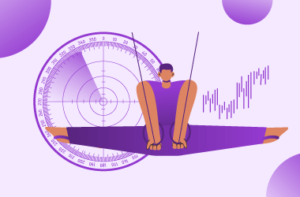
Securing Bank Industry AI Against Adversaries
In 2019, researchers at KU Leuven in Belgium found a way to render a person invisible. Invisible, at least, to one common facial recognition algorithm.

In 2019, researchers at KU Leuven in Belgium found a way to render a person invisible. Invisible, at least, to one common facial recognition algorithm.

In early November 2019, David Heinemeier Hannson — the founder and CTO of Basecamp, and creator of Ruby on Rails — was mad.

38,000 kilometres above Earth — beyond the Hubble telescope, the International Space Station, and even the farthest-flung geostationary satellites — is a graveyard.

In 2010, Robert Ziegler’s GPS got him stuck between a rock and a hard place. Literally. He had driven his white van off a main road and up what locals described as a “glorified goat path”

Each year, software engineers spend over half of their time testing and fixing their software. In terms of financial commitment, this means that economies around the globe allocate billions — even trillions — in resources

When 4G first became available, no one could have predicted the massive changes it would bring to all of our lives. Suddenly, ride-sharing apps became a technological possibility.

Mobility stands on the threshold of a new era. By 2030, the EU plans to have three million electric vehicle charging points and 1,000 hydrogen filling stations in service across the continent.

What if you could send and receive money as easily as an email? No more reading off your IBAN, or memorising the back of your credit cards.

There’s more to business than raw numbers. For the factories who produce the goods that we depend on, success requires not just hitting sales goals or shipping products on time.

There’s an arms race going on in the world of sports — a technology arms race. Each year, new devices are introduced to sports clubs and elite athletes around the globe, which promise improved performance thanks to new insights into the athlete’s unique physiology and biomechanics.